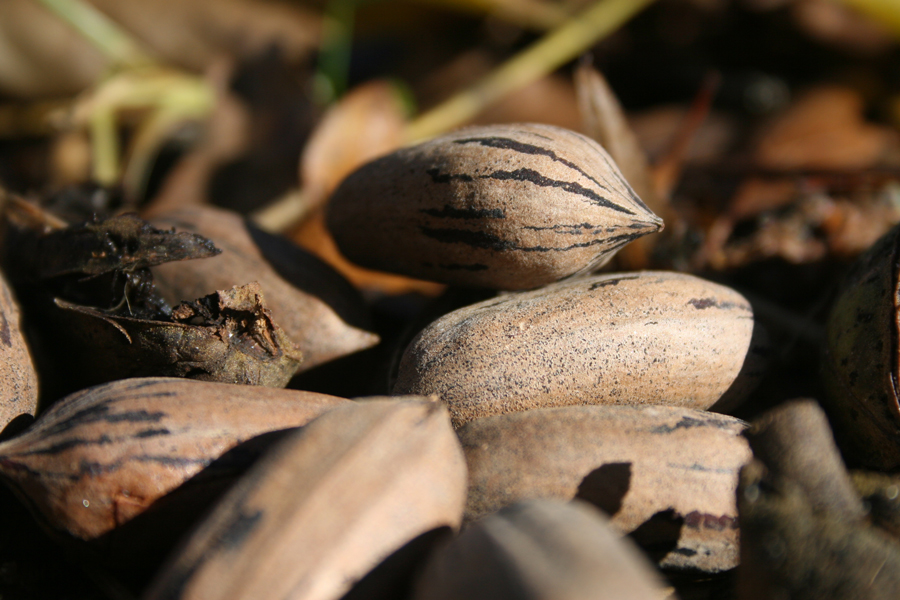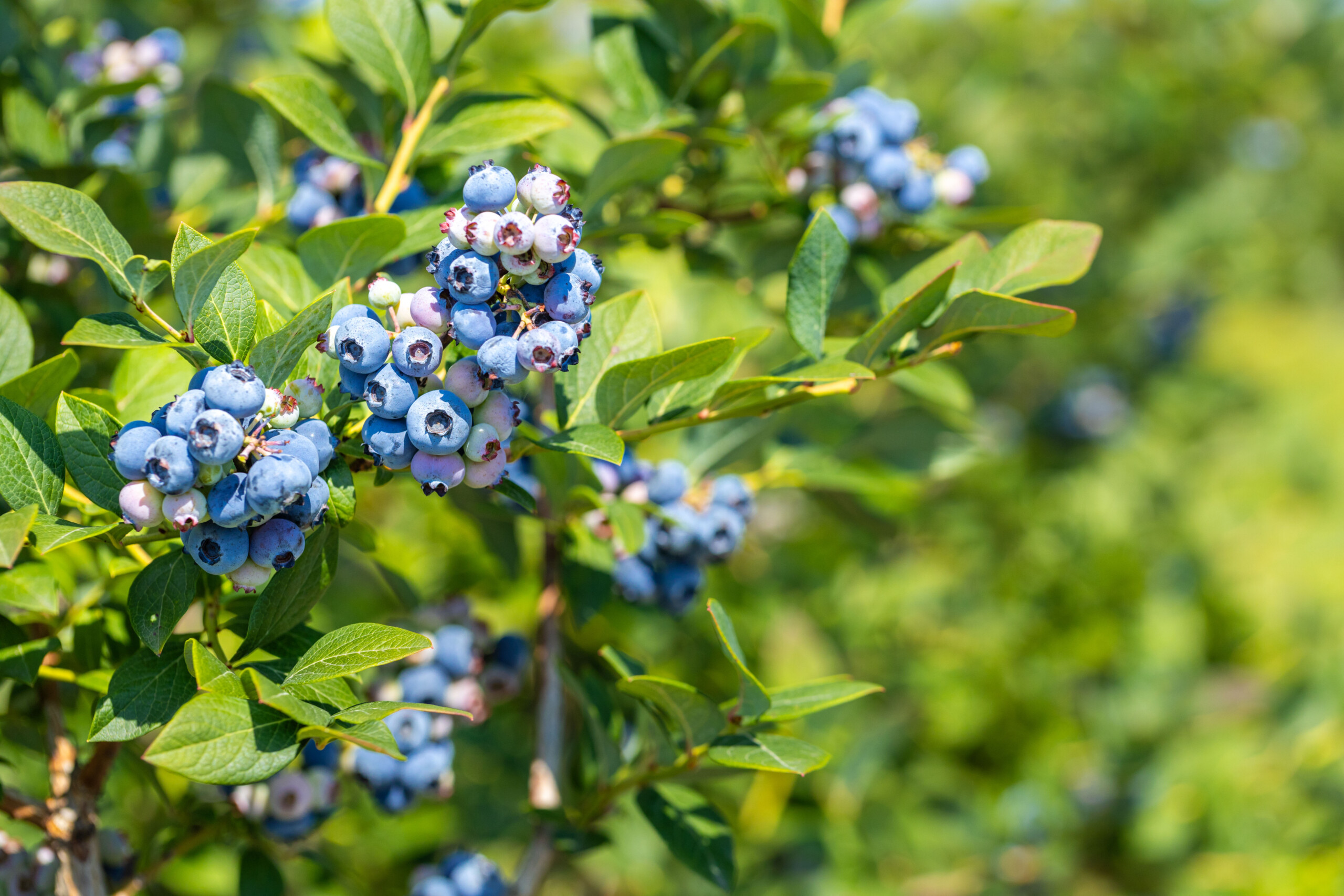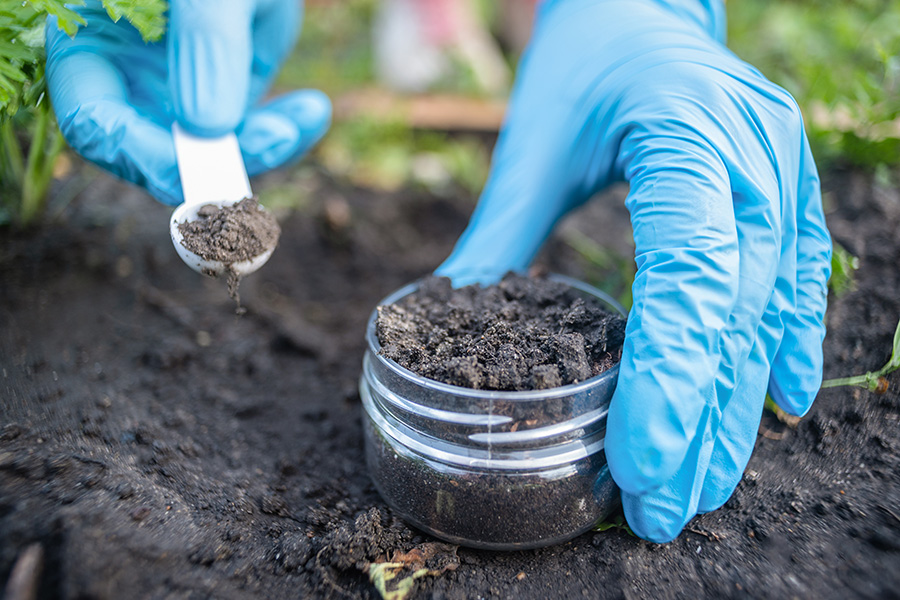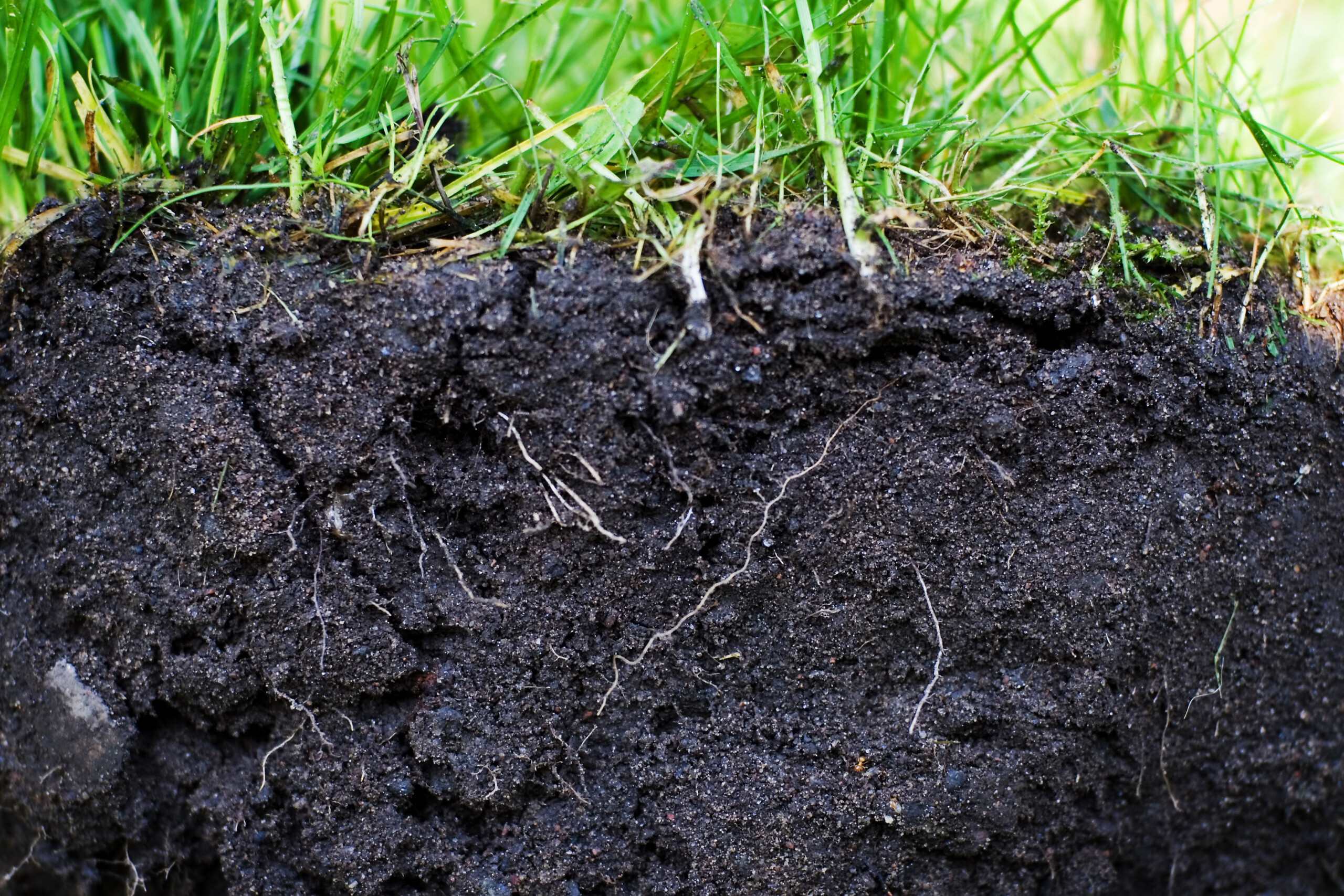General Agriculture
-

Pecan trees have high water requirements, using as much as 60 inches of total water (including rainfall) during the growing season. Georgia receives an average of 50 inches or more of rainfall annually. While the rainfall received certainly meets a portion of the water requirement for pecan trees, periods of moisture stress occur during the growing season, particularly during the months of August and September when pecans are in the kernel filling stage and water demand is at its peak. Thus, irrigation has been proven to markedly enhance pecan production in the region.
With increasing agricultural water use, a growing population, and declining groundwater levels, irrigation efficiency in the region is necessary for sustainability. Drip and micro-irrigation system design capacity for a mature pecan orchard should be 3600-4000 gallons of water per acre per day. Because of evaporation losses, solid-set sprinkler irrigation can require as much as 3 times more supplemental water than drip or micro-irrigation.
Solid set irrigation systems should have a design capacity of 1.5–2 inches per week. Water stress in pecan is correlated with soil moisture from budbreak through the end of nut sizing. Pecan trees bearing a moderate to heavy crop load may undergo water stress during the kernel filling stage regardless of soil moisture level. This suggests that crop load and nut development drive the tree’s demand for water.
Marvin Wells
|
-

Disease prevention is much less stressful and costly than disease control and recovery. Biosecurity measures are a critical component of disease prevention. Use this list to rate your disease prevention practices and preparedness.
Casey Ritz
|
-

Spinner-disc spreaders are commonly used for applying lime and fertilizer to
agricultural fields. Uniform and accurate application of lime and fertilizer is essential. The
performance failures of agricultural materials can be directly related to improper and uneven
application, careless equipment operation, and the separation of blended material due to size
and density differences. The uneven distribution of lime and fertilizer can reduce yields. Effects
of uneven lime or fertilizer distribution are most notable in fields that are low in soil fertility,
because the response to applied nutrients is greatest on these soils.
Proper setup and calibration of application equipment is important to assess its performance and
attain satisfactory results. Even new and well-maintained equipment needs calibration checks
regularly before and during the growing season. This is especially important when changing
from one type of material or blends to another, when changing application rates, and when
altering speeds or other operating conditions.Paul Sumner and Simerjeet Virk
|
-

This publication provides updated (2024) Southeast-specific information on approved National Organic Program (NOP) disease and pest management options for blueberry production and addresses the issues most commonly encountered under the unique growing conditions of the Southeast U.S. This publication is not intended to provide all details on organic blueberry production, although it does include the production methods that reduce the impact of plant disease and pest issues. Emphasis in an organic system should be on cultural practices that reduce disease and pest pressure rather than pesticide applications. NOP-approved pesticides are usually less efficacious than conventional products. The pesticide label is the law and supersedes any information on pesticide use contained in this guide. Because environmental conditions and grower application methods vary widely, suggested use does not imply that performance of the pesticide will always conform to the pest control standards indicated by experimental data.
Phillip Brannen
|
-

This biennial publication contains the proceedings of the turfgrass field day carried out at the UGA Griffin campus every other year. The guide provides professionals with continuous, real-time access to the latest up-to-date information about turfgrass research studies, products, and turfgrass Extension activities, programs, and outreach. Topics will include, but are not limited to: crop and soil science, agronomy, weed science, plant pathology, entomology, economics, tissue culture, urban agriculture, irrigation, and student posters.
Freddie Waltz, David Jespersen, and Bochra Bahri
|
-

This publication provides suggestions regarding the proper tuning of a poultry processing plant to meet the USDA-FSIS standards for Salmonella levels, regardless of incoming Salmonella levels.
Casey Ritz
|
-

Best Management Practices (BMPs) can be described as management and/or structural practices that are designed to reduce pollutants and erosion while increasing the quality of all life. The BMP concept deals specifically with nonpoint source pollution, such as runoff from agricultural fields, forest areas or urban areas. BMPs are also voluntary in nature. Individual practices and applications can vary widely from field to field. Best management practices are typically used in agricultural areas, and forest and urban settings.
Gary Hawkins and Rebekah Wallace
|
-

Developing and maintaining productive soils begin with soil testing. Soils tests provide information on the soil’s actual nutrient status. Test results are used to determine the amount and kind of nutrients that should be added for the best growth of lawn, garden, and other types of plants.
Jason Lessl
|
-

C 1299
Soil Organic Matter
Soil organic matter (SOM) is a complex mixture of plant and animal tissues, and plays an important role in the physical, chemical, and biological processes in the soil. This publication describes how SOM contributes to overall soil fertility, factors controlling SOM abundance, and what cultivation practices growers can use to increase SOM in their soils.
Miguel Cabrera, Daniel Jackson, Jason Lessl, and Joshua Fuder
|